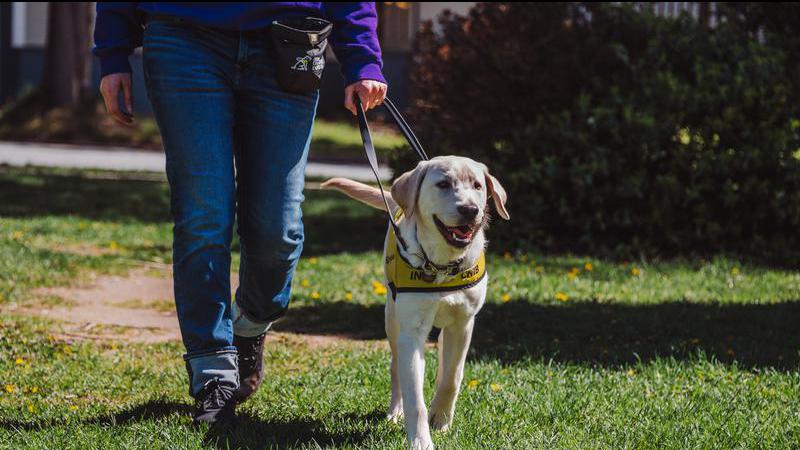
Despite promising overdose fatality stats for Kamloops, experts warn substance users of unsafe supply
KAMLOOPS — A recent report from the BC Coroners Service showed a decrease in the number of fatal overdoses within the Kamloops area.
The report cites 24 people who died from an overdose in Kamloops between January and October of this year. However, during September and October, there were no overdose fatalities in the city.
Despite this reduction, the amount of 911 calls for overdoses has not decreased.


